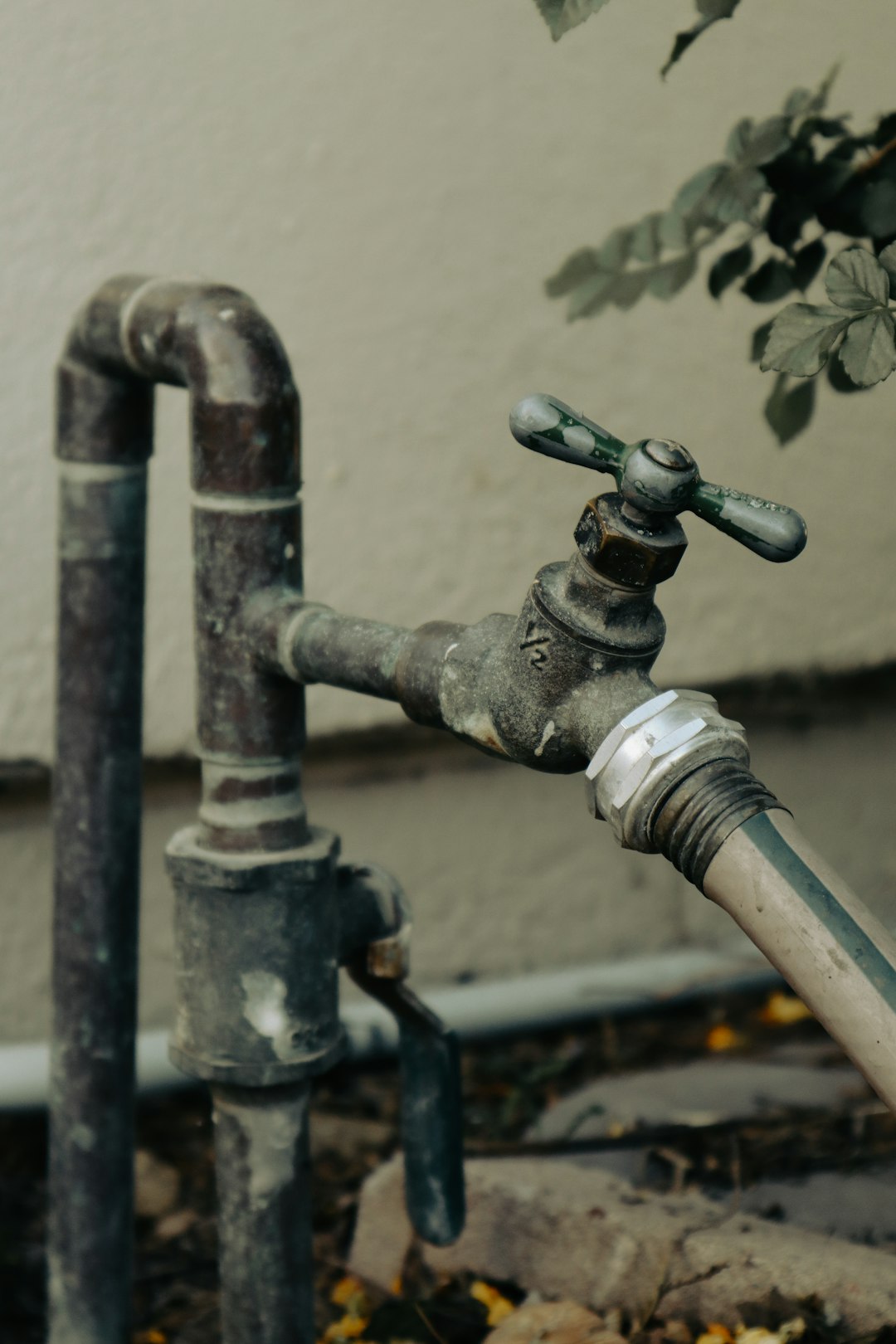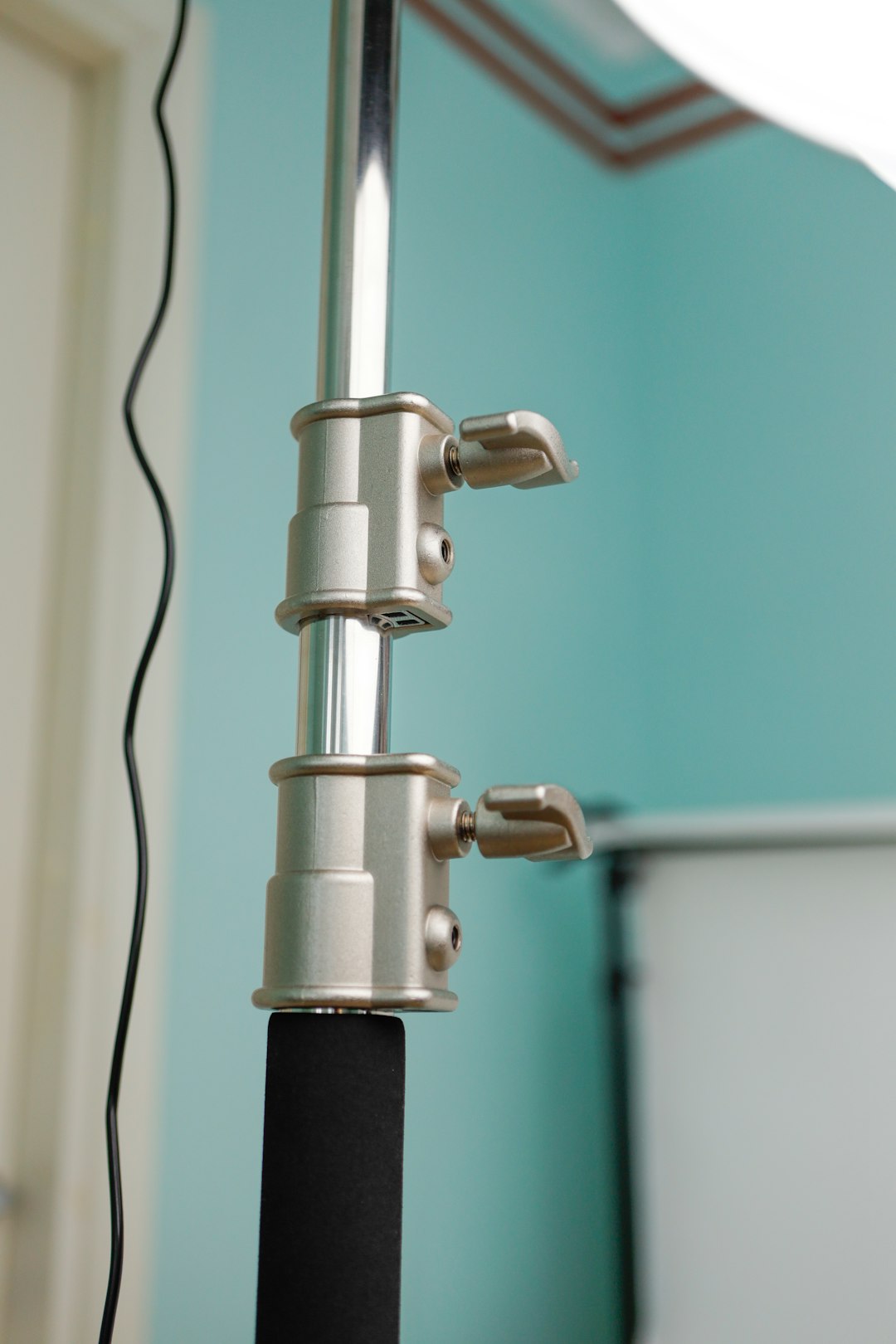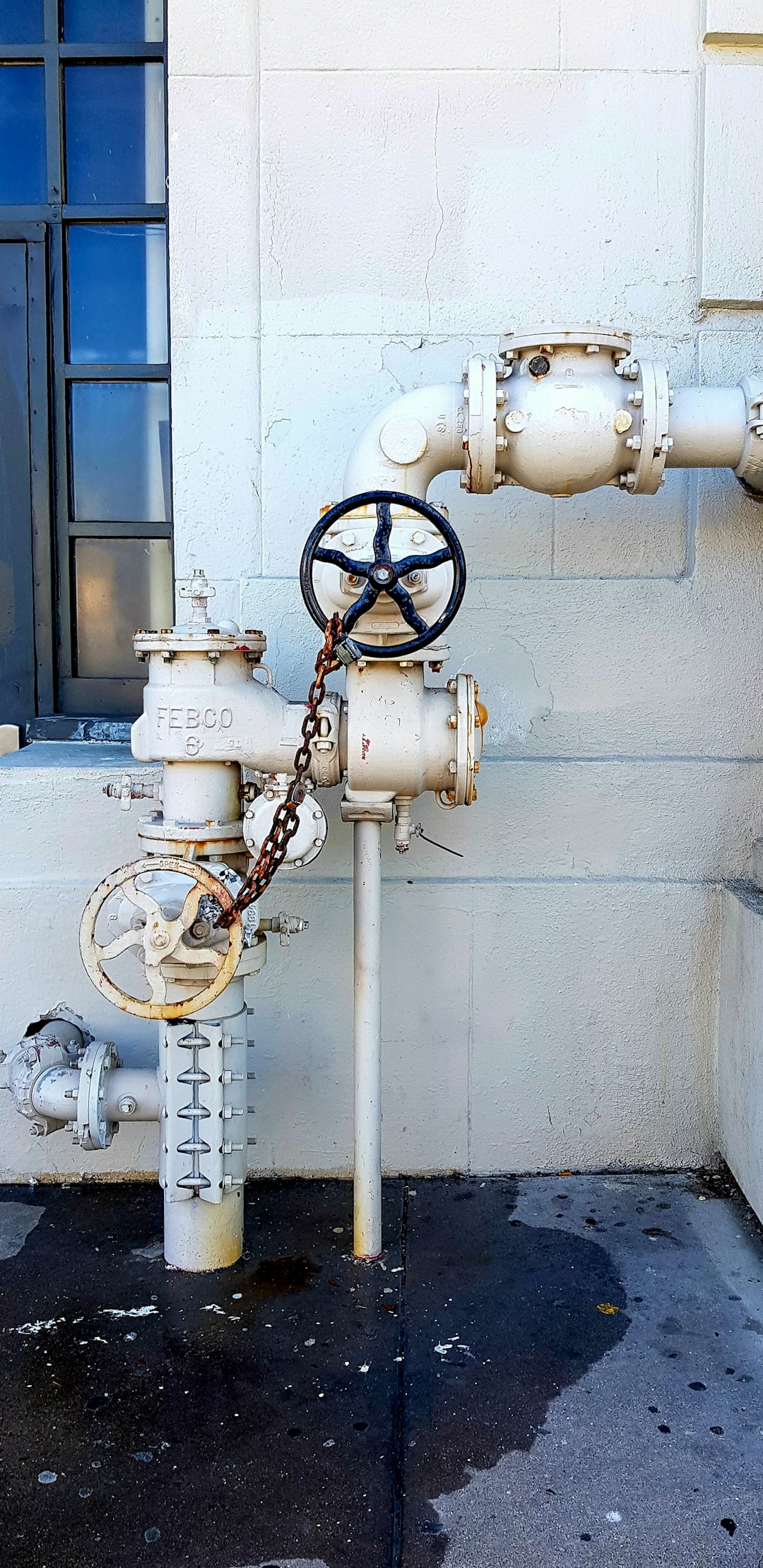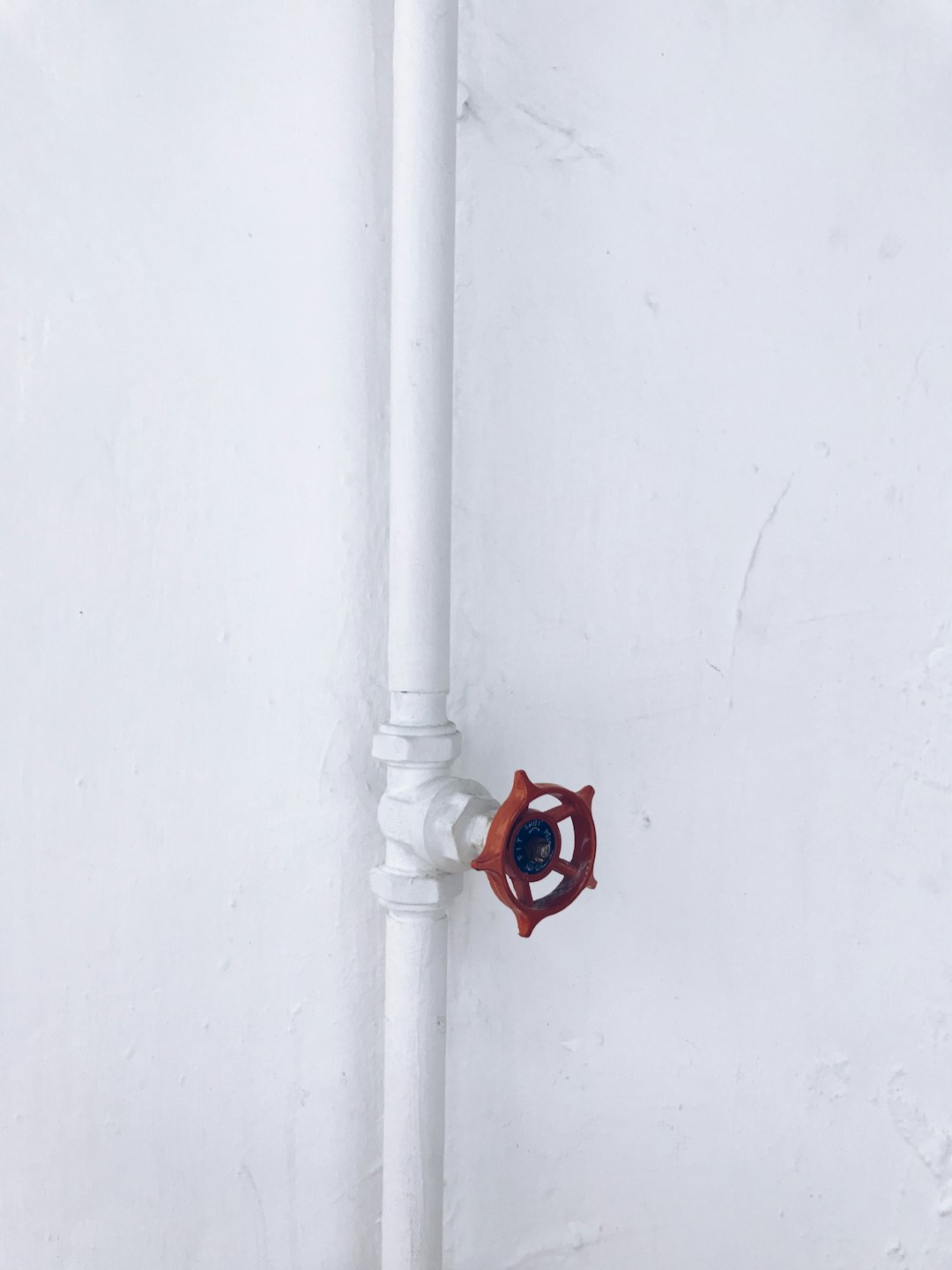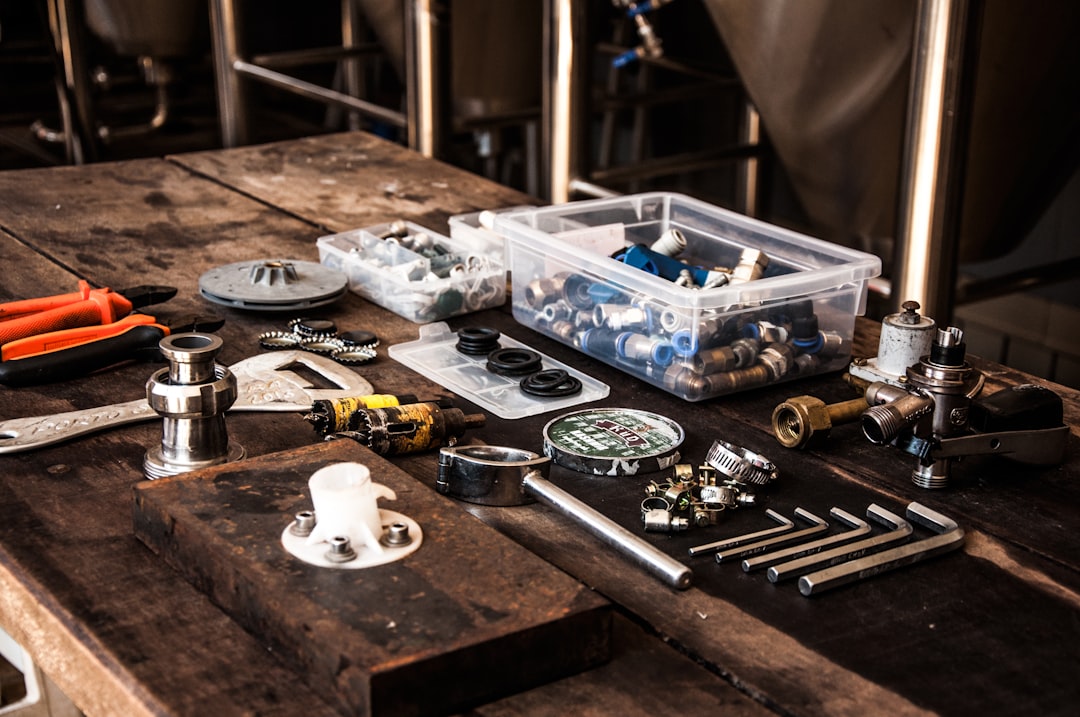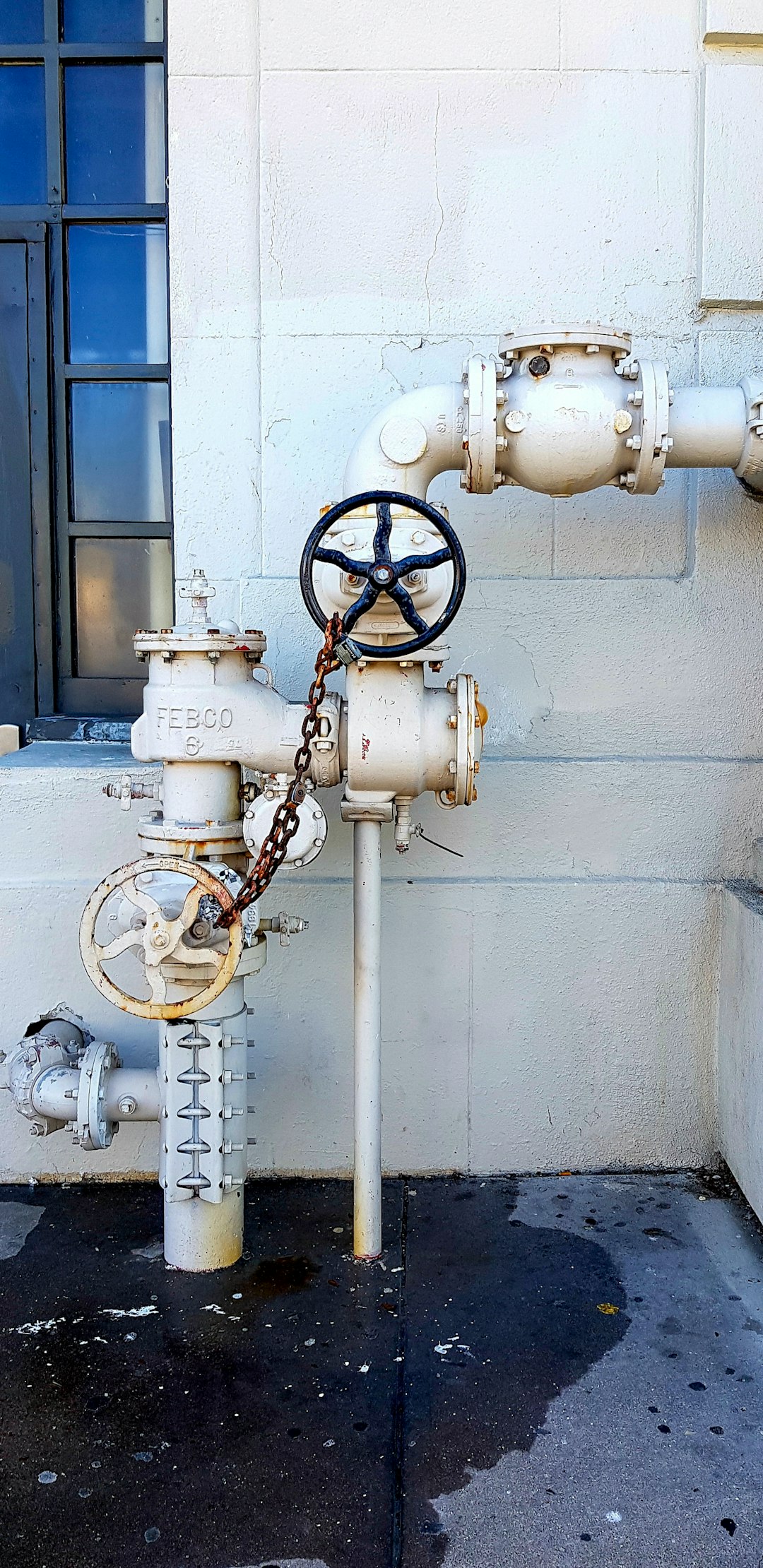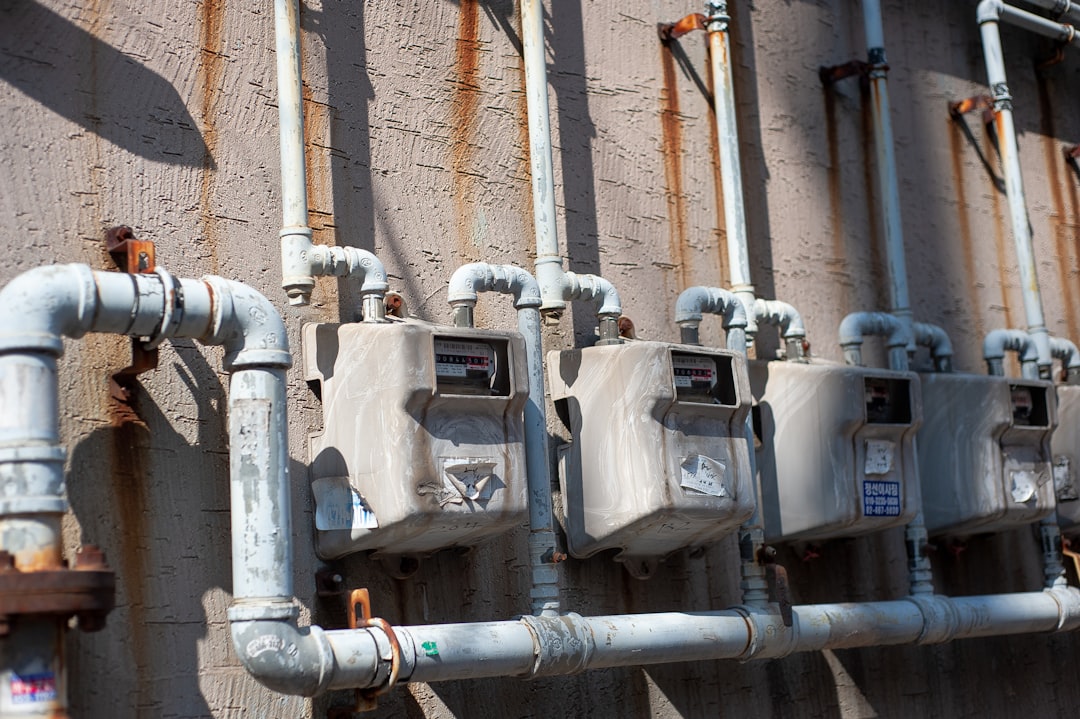Table of Contents
- Introduction
- Identifying the source of the leak
- Gathering necessary tools and materials
- Disassembling the faucet to access the internal parts
- Replacing worn washers or O-rings
- Checking and repairing plumbing valves as needed
- Reassembling the faucet and testing for leaks
- Providing maintenance tips to prevent future leaks
- Offering emergency plumbing services for urgent repairs
- Conclusion
- Frequently Asked Questions
Introduction
Are you tired of that incessant dripping sound driving you up the wall? You’re not alone! A leaky faucet not only disrupts your peace but also wastes water and money. Fortunately, fixing a leaky faucet is a task that even DIY novices can tackle with a little guidance.
In this article, we’ll walk you through a step-by-step guide to help you transform your drip into a drop-free oasis. Imagine reclaiming your tranquility while saving on your water bills—sounds appealing, right? Not only will you restore peace to your home, but you’ll also gain valuable skills that could come in handy for future plumbing challenges.
With just a few simple tools and materials at hand, you’ll be well on your way to becoming your own handyman. So grab your wrench and let’s get started! Get ready to say goodbye to that pesky drip and hello to a fully functional faucet!
Identifying the source of the leak
Identifying the source of a leaky faucet is a crucial first step in fixing the problem. Often, the leak can originate from several points within the faucet assembly.
One common area to check is the faucet handle. If water is seeping from around this part, it may indicate that the O-ring, a small rubber ring that provides a seal, has become worn or damaged.
Another potential source is the faucet spout. Water dripping from here might suggest a problem with the cartridge or valve inside the faucet.
Additionally, leaks can occur at the junction where the faucet connects to the water supply lines. In these cases, the issue could be due to loose fittings or deteriorated washers.
To thoroughly pinpoint the leak, it is advisable to turn off the water supply and disassemble the faucet carefully. By observing each component, plumbers can diagnose the specific part that requires repair or replacement, ensuring a long-lasting fix.
Gathering necessary tools and materials
Before attempting to fix a leaky faucet, it is crucial to gather the necessary tools and materials. This ensures you have everything you need on hand, saving time and frustration during the repair process. Start with a screwdriver, which is essential for removing screws that hold the faucet together. You may need both flat-head and Phillips screwdrivers, depending on your faucet design.
Next, a wrench or a pair of adjustable pliers is necessary to help grip and turn nuts and fittings. Additionally, having a plumber’s tape on hand can aid in sealing threaded connections to prevent future leaks.
Don’t forget to bring a bucket or a small bowl to catch any water that may drip during the repair. Lastly, it is helpful to have replacement parts, such as washers or O-rings, which often need to be changed to eliminate leaks. By being well-prepared, you can approach the task with confidence and efficiency.
Disassembling the faucet to access the internal parts
To begin fixing a leaky faucet, a plumber will first need to disassemble the faucet to access its internal components. This process typically starts with turning off the water supply to prevent any further leaks or flooding. Once the water is off, the plumber will use a wrench or screwdriver to remove the decorative cap of the faucet handle, if applicable. Underneath this cap, there are usually screws that hold the handle in place. After removing the screws, the handle can be gently lifted off to reveal the inner workings of the faucet.
With the handle removed, the plumber can access the valve assembly or cartridge that controls the flow of water. This may involve unscrewing additional parts or pulling out the cartridge carefully. It’s essential to keep track of all screws and components during this process to ensure proper reassembly. The plumber may also take this opportunity to inspect the internal parts for signs of wear or damage, as these could be the cause of the leak. Identifying and addressing these issues is crucial for effectively repairing the faucet.
Replacing worn washers or O-rings
One common cause of a leaky faucet is worn washers or O-rings. Washers are small rubber or plastic components that are found within the faucet and serve to create a watertight seal. Over time, these washers can degrade due to constant pressure and fluctuating temperatures, leading to leaks. Similarly, O-rings, which are rubber rings that help to seal connections, can wear out or become brittle.
To replace worn washers or O-rings, first, turn off the water supply to the faucet. Next, carefully remove the handle using a screwdriver, exposing the inner workings of the faucet. After removing the handle, unscrew the retaining nut and carefully take out the stem or cartridge.
Once you have access to the washer or O-ring, compare it to the new replacement to ensure a proper fit. Remove the old component and install the new one in its place. After reassembling the faucet in reverse order, turn the water supply back on and check for leaks. This simple repair can save both water and money.
Checking and repairing plumbing valves as needed
When addressing a leaky faucet, checking and repairing plumbing valves is a crucial step. Valves control the flow of water and are essential for maintaining the plumbing system’s integrity. The first step in this process is to locate the shut-off valves, typically found under the sink. These valves should be inspected for leaks or corrosion. If any issues are identified, they should be promptly fixed to prevent further water damage.
When repairing a valve, it’s important to turn off the water supply to avoid messy situations. Valve stems, washers, and O-rings are common components that may need replacement. Begin by disassembling the valve, taking care to remember the order of components for reassembly. If the valve is damaged beyond repair, a full replacement may be necessary.
After making the repairs or replacements, reassemble the valve and turn the water supply back on. Check for any leaks around the valves and faucets. Ensuring that all elements are functioning properly helps to maintain a healthy plumbing system and can prevent future repairs.
Reassembling the faucet and testing for leaks
Once the faucet has been repaired and all necessary parts have been replaced, the next step is to reassemble the faucet. Start by carefully placing the handle back onto the faucet body, ensuring that it aligns properly with the inner mechanism. If there are screws, tighten them securely but be cautious not to overtighten, as this could damage the faucet. Next, reattach any decorative covers or caps that may have been removed during disassembly.
After reassembly, it is essential to turn the water supply back on gradually, allowing pressure to build up slowly to avoid sudden bursts. Once the water is restored, check for any visible leaks around the handle and base of the faucet. It is a good idea to test the faucet by turning it on and off a few times while observing for drips or leaks. If everything appears to be functioning correctly and no leaks are detected, the plumbing job is successfully completed, and the faucet is ready for use. Regular maintenance can prolong the life of the faucet and prevent future leaks.
Providing maintenance tips to prevent future leaks
Preventing future leaks in faucets is essential for maintaining your plumbing system and conserving water. Regularly inspect your faucets for any signs of wear, such as rust, corrosion, or mineral build-up. This can often indicate a forthcoming leak.
Additionally, ensure that all fittings and connections are tight, as loose screws or nuts can lead to dripping. Applying plumber’s tape to threaded connections can help create a better seal.
It’s also wise to clean faucet aerators periodically. Mineral deposits can accumulate over time and affect the faucet’s performance, potentially leading to leaks.
Furthermore, don’t overlook the importance of proper usage. Be mindful when turning the faucet handles; avoid excessive force, as this can wear out components faster.
Lastly, consider a routine maintenance check-up with a professional plumber at least once a year. They can identify potential issues before they become significant problems, ensuring the longevity of your fixtures and the overall plumbing system.
Offering emergency plumbing services for urgent repairs
Offering emergency plumbing services for urgent repairs is essential in managing unexpected plumbing issues that can arise at any moment. Whether it’s a burst pipe, a clogged drain, or a leaking faucet, these problems can lead to extensive damage if not addressed promptly. Emergency plumbing services are available 24/7, ensuring that homeowners and businesses have access to professional help whenever they need it.
When a plumbing emergency occurs, quick response times are critical. Experienced plumbers can quickly diagnose the issue and implement effective solutions to mitigate damage. They come equipped with the necessary tools and parts to handle various problems on the spot, reducing the need for multiple visits.
In addition to providing immediate repairs, emergency plumbers also offer preventive advice to help clients avoid future issues. This may include recommendations for regular maintenance checks or tips on how to handle minor problems before they escalate. Overall, having access to emergency plumbing services provides peace of mind for property owners, knowing that help is just a phone call away when urgent repairs are needed.
Conclusion
In conclusion, fixing a leaky faucet is a manageable task that can save you both water and money while enhancing the efficiency of your plumbing system. By following the outlined steps, including identifying the source of the leak, gathering the right tools, and executing the repair with care, homeowners can tackle this common issue with confidence. Regular maintenance is crucial to prevent future leaks, ensuring the longevity of your fixtures. However, if you find the task overwhelming or encounter complications beyond a simple repair, don’t hesitate to reach out for professional assistance. Our experienced plumbers are ready to help you resolve any plumbing issues quickly and effectively. Call us at 573-555-2121 for expert plumbing services today!
